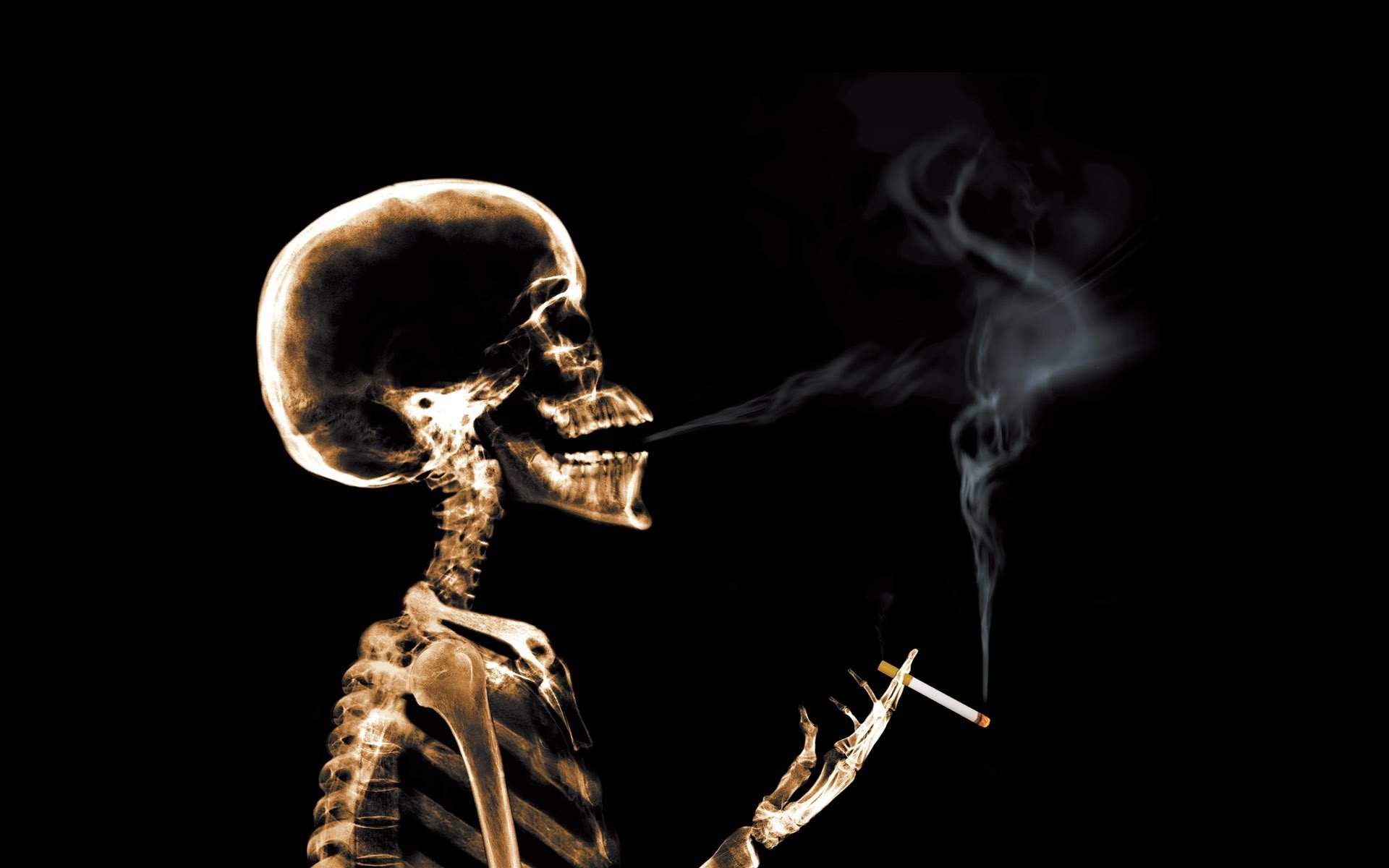PNAS:戒烟为什么那么难?
| 导读 |
近日,科研人员发现了大脑的一组神经元可能通过在戒烟期间增加对尼古丁的响应从而破坏戒烟的努力。
此前的研究已经证明了尼古丁与大脑中的尼古丁乙酰胆碱受体(nAChRs)结合,随着时间的推移,持续的结合可能改变神经回路从而促进成瘾。尼古丁乙酰胆碱受体(nAChRs)的α3、β4和α5亚单位在重尼古丁使用和复吸方面起到了关键的作用。Ines Iba?... |

近日,科研人员发现了大脑的一组神经元可能通过在戒烟期间增加对尼古丁的响应从而破坏戒烟的努力。
此前的研究已经证明了尼古丁与大脑中的尼古丁乙酰胆碱受体(nAChRs)结合,随着时间的推移,持续的结合可能改变神经回路从而促进成瘾。尼古丁乙酰胆碱受体(nAChRs)的α3、β4和α5亚单位在重尼古丁使用和复吸方面起到了关键的作用。Ines Iba?ez-Tallon及其同事研究了小鼠在戒断尼古丁期间的这些亚单位和调控尼古丁渴求的神经信号之间的相互作用。这组作者比较了来自这些小鼠中系带——这是α3、β4和α5受体亚单位聚集的一个大脑区域——的两个区域的神经元,并且发现了促进大脑有节奏的电脉冲的所谓节律通道的存在。破坏这些节律器让从未接触过尼古丁的小鼠诱导产生了尼古丁戒断的症状。
进一步的分析表明尼古丁激活了含有α3、β4的尼古丁乙酰胆碱受体(nAChRs)从而增强未接触尼古丁的小鼠的节律器活动。尽管这类活动也在接触尼古丁的小鼠身上观察到了,这组作者报告说,当接触过尼古丁的小鼠进行尼古丁戒断并且重新接触尼古丁的时候,节律器活动增加到了原来的两倍以上。这组作者说,这些发现识别出了大脑的一组神经元,它们在一段时间的戒断之后对尼古丁做出了不同的响应,这提示这些神经元活动的改变可能使戒烟变得困难。(转化医学网360zhyx.com)
原文链接:
Reexposure to nicotine during withdrawal increases the pacemaking activity of cholinergic habenular neurons
The discovery of genetic variants in the cholinergic receptor nicotinic CHRNA5-CHRNA3-CHRNB4 gene cluster associated with heavy smoking and higher relapse risk has led to the identification of the midbrain habenula–interpeduncular axis as a critical relay circuit in the control of nicotine dependence. Although clear roles for α3, β4, and α5 receptors in nicotine aversion and withdrawal have been established, the cellular and molecular mechanisms that participate in signaling nicotine use and contribute to relapse have not been identified. Here, using translating ribosome affinity purification (TRAP) profiling, electrophysiology, and behavior, we demonstrate that cholinergic neurons, but not peptidergic neurons, of the medial habenula (MHb) display spontaneous tonic firing of 2–10 Hz generated by hyperpolarization-activated cyclic nucleotide-gated (HCN) pacemaker channels and that infusion of the HCN pacemaker antagonist ZD7288 in the habenula precipitates somatic and affective signs of withdrawal. Further, we show that a strong, α3β4-dependent increase in firing frequency is observed in these pacemaker neurons upon acute exposure to nicotine. No change in the basal or nicotine-induced firing was observed in cholinergic MHb neurons from mice chronically treated with nicotine. We observe, however, that, during withdrawal, reexposure to nicotine doubles the frequency of pacemaking activity in these neurons. These findings demonstrate that the pacemaking mechanism of cholinergic MHb neurons controls withdrawal, suggesting that the heightened nicotine sensitivity of these neurons during withdrawal may contribute to smoking relapse.

来源:bioon
 腾讯登录
腾讯登录
还没有人评论,赶快抢个沙发